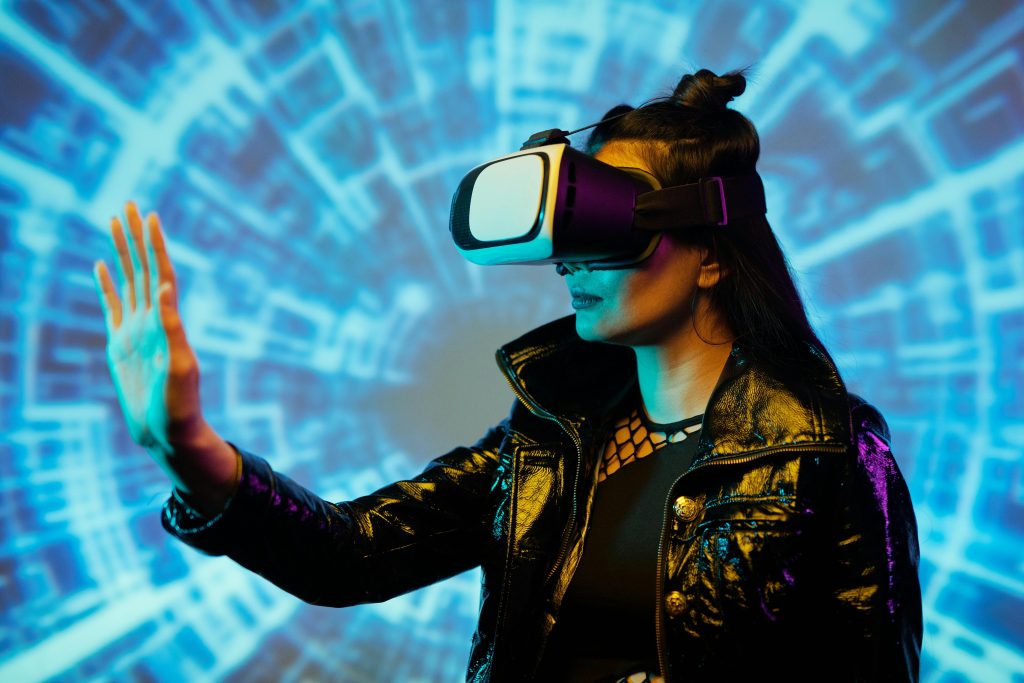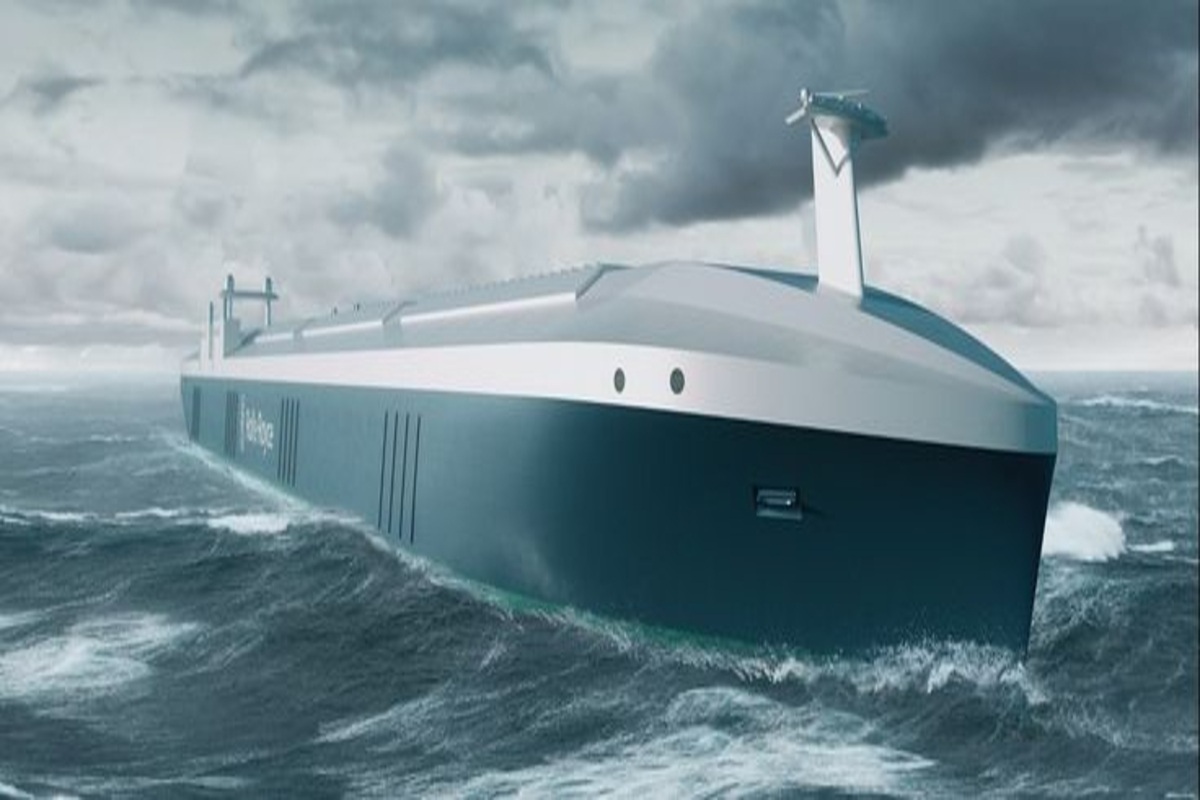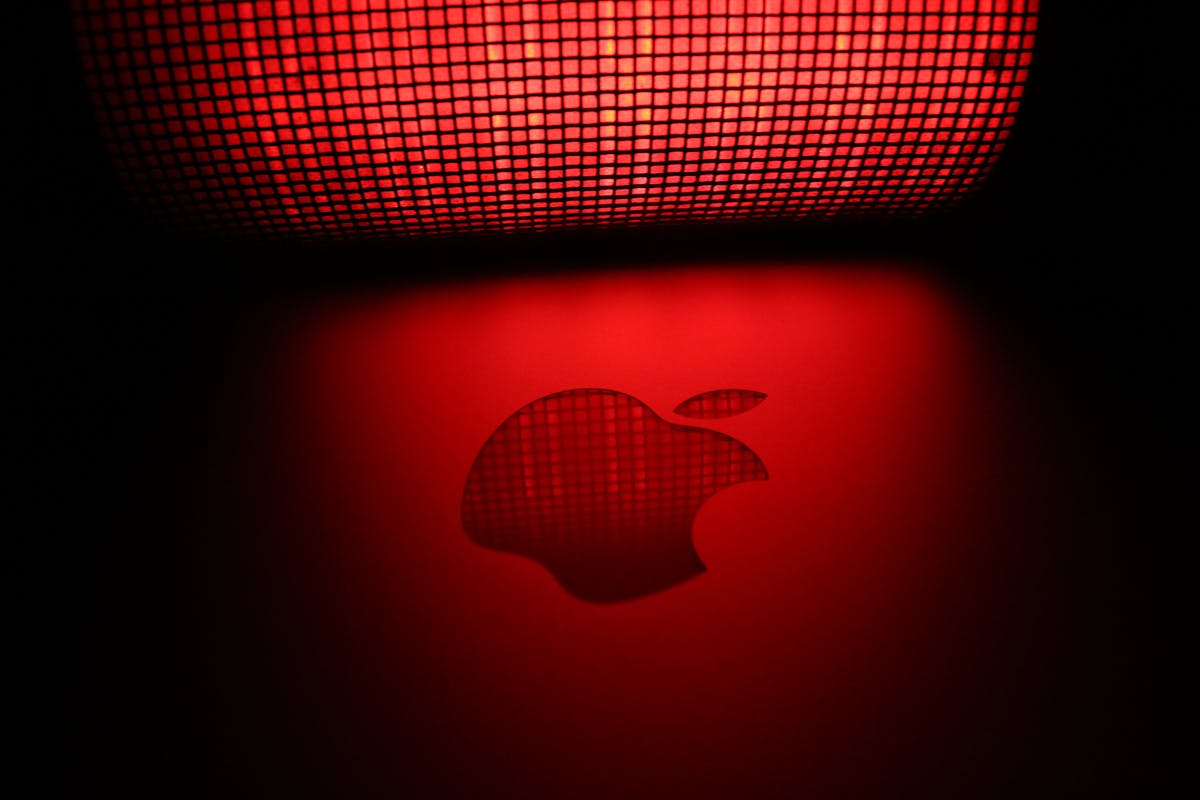Volumetric Displays: Ushering in a New Epoch of 3D Holography
When we think of 3D displays, most of us picture 3D movies, virtual reality headsets, or perhaps even those lenticular prints that seem to move as you walk past them. But there’s a whole other level of three-dimensional imaging that’s pushing the boundaries of visual tech—volumetric displays.
What Are Volumetric Displays?
Volumetric displays are a type of 3D display technology that creates images in true three-dimensional space. That means the image isn’t just an illusion or trick of perspective—it actually occupies a volume of physical space, and you can view it from any angle, just like a real object.
This is fundamentally different from traditional 3D displays, which simulate depth using binocular disparity (like in VR headsets or 3D glasses) but are ultimately still flat screens.
How Do They Work?

There are a few different approaches to volumetric displays, but the general idea is to emit light from specific points in space, forming a 3D shape that can be viewed from any direction.
Some common technologies used in volumetric displays include:
- Swept-volume displays: These use rotating surfaces (like a spinning screen) and high-speed projection to create a 3D image through persistence of vision.
- Static volume displays: These involve illuminating particles or voxels (the 3D equivalent of pixels) in a physical volume, such as a block of gas, a crystal, or a fog-filled space.
- Holographic volumetric displays: These use lasers to ionize air molecules at specific 3D coordinates, creating glowing points of light in midair—yes, actual sci-fi-style holograms!
Why Is This So Cool?
Volumetric displays are more than just a visual gimmick—they have real potential in fields like:
- Medical imaging: Doctors could view and interact with 3D scans like MRIs or CT data in a true 3D space.
- Engineering and design: Visualizing prototypes or mechanical components in 3D could revolutionize CAD and prototyping.
- Telepresence: Imagine a Zoom call where the person appears as a life-size, free-floating 3D projection right in front of you.
- Entertainment and gaming: Fully immersive environments without the need for headsets? Yes, please.
Challenges Ahead
Of course, this tech isn’t without its hurdles. Volumetric displays are often expensive, bulky, and still limited in resolution and brightness. They also require a lot of data and computational power to render and update volumetric content in real time.
And then there’s the challenge of creating content for these displays. Traditional video and 3D graphics formats aren’t always compatible, so new tools and workflows are needed to unlock their full potential.
The Future of 3D Is Volumetric
Volumetric displays are still emerging, but they represent a huge leap forward in how we interact with digital visuals. As the tech matures, we can expect more compact, accessible, and stunningly lifelike implementations—potentially making holograms a common part of everyday life.
We’re not quite at Star Wars-level holoprojectors yet, but we’re getting close. And when we get there, it won’t be just a trick of the eye—it’ll be real 3D, right in front of you.








